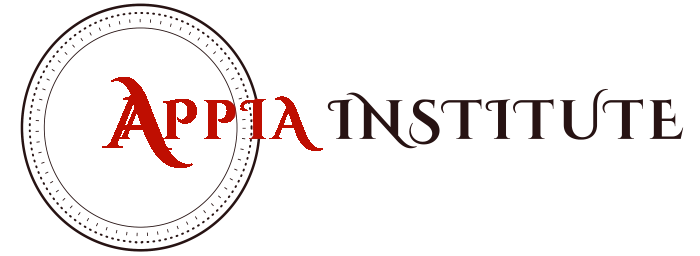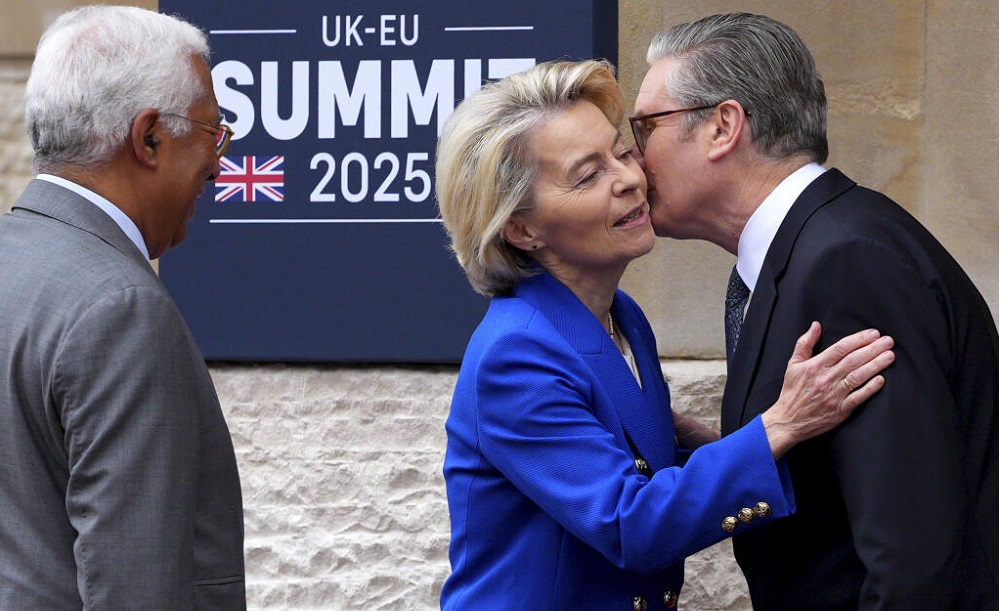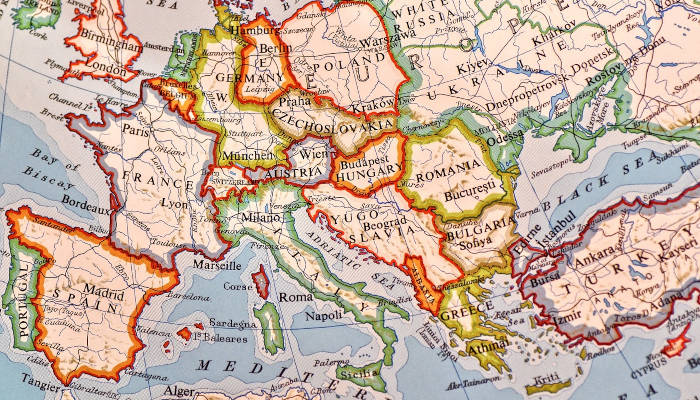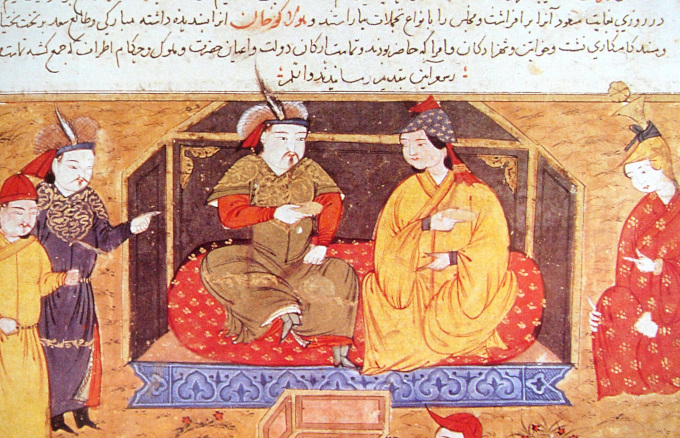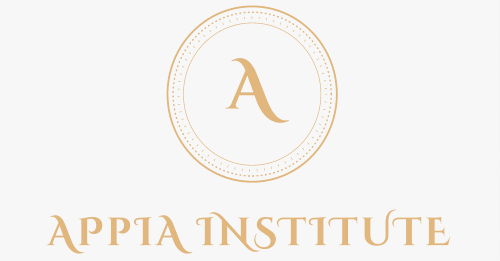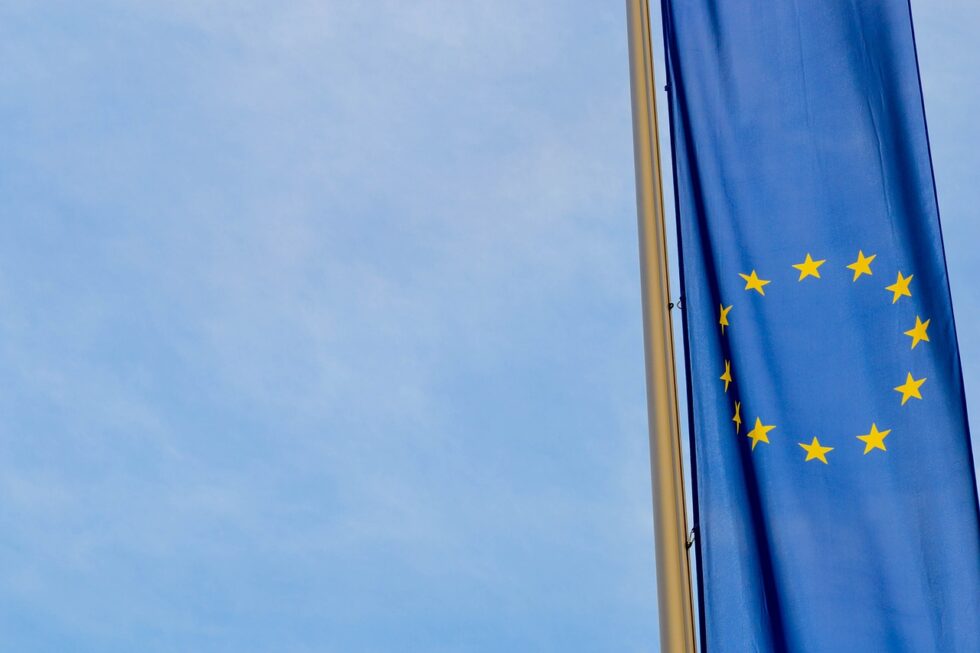
Trump’s genuine concern is to develop a sound Asian policy about China. It is highly challenging because of the many suspicions in the region. It is a chance for the EU to help the U.S. develop its Asian projection.
Beyond the catwalks, the easy and glittering shop windows of the first days, and the combative and crackling announcements on tariffs and territorial expansions, U.S. President Donald Trump is simultaneously pursuing a more substantive and authentic aspect of his foreign policy.
His first state visit was committed to Israeli Prime Minister Benjamin Netanyahu; the second to Japanese Prime Minister Shigeru Ishiba; next week, the third will be dedicated to Indian Prime Minister Narendra Modi. These are the three actual, long-term reference points for the American administration. They address the United States’ long-term strategic challenge: confronting China.
Without Chinese support, Russia would likely have already faltered in the Ukraine war; without China, Iran would be suffocating in the region, and its proxy militias would be starved. More broadly, China may represent a strategic, economic, military, political, and cultural challenge unlike any the West has faced since the discovery of America five centuries ago.
The relationship with Israel is the easiest. It is fraught with details but lacks strategic issues. The relationship with Japan is more delicate because it needs to be placed on substantial foundations. Tokyo must become a steadfast ally in Asia, much like Britain is in Europe. There are also many “tactical” issues, but there is a deep strategic alignment.
The “tactical” problems (which risk becoming strategic) stem from a subtle but mutual distrust that the U.S. might reach an agreement with China, bypassing Japan. This fear could push Tokyo to seek a deal with Beijing behind Washington’s back. Therefore, strategic coordination and alignment of intentions between the U.S. and Japan are crucial for both in confronting China. They must be based on long-term agreements beyond the personal likes or dislikes of the current leaders in both capitals.
Modi’s visit is the most delicate of all. India represents a demographic counterbalance to China’s numerical strength. On paper, India could be as good as, if not better than, China and could alone counterbalance the Chinese challenge. However, India’s potential has yet to materialize fully. Its economic growth has so far fallen short of expectations. The country is plagued by administrative and bureaucratic hurdles that have hindered the rapid expansion of small, medium, and large businesses and infrastructure development.
India’s foreign policy in the region has also been shaky. In Nepal, Bangladesh, and Sri Lanka, it has failed to counter the expansion of Chinese influence effectively. Myanmar, once part of the British Indian Empire, now lacks a significant Indian political presence and is mainly under Beijing’s sway, with some Thai impact as well.
More broadly, while India has joined the QUAD, it maintains close ties with Russia and Iran and seeks to build new relationships with China. The challenge for Washington, and by extension for Japan as America’s key regional ally, is integrating India more firmly into a Western cooperative system. However, it is unclear how this can be concretely achieved. India is gradually shifting toward the West but has yet to commit to a definitive alignment fully.
Part of the issue lies in India’s uncertainties, and part may stem from a lack of deep attractiveness from the West toward India. India is seeking a new cultural identity centered around a revival of ideological Hinduism. This may resonate with the rightward shift in some Western public opinion, but there is no comprehensive medium- to long-term vision of where the U.S. aims to land while or after addressing the China challenge.
Moreover, there is lingering doubt that the U.S. might use India instrumentally and in the short term to secure some agreement with China, only to turn its back on New Delhi later. How American rebukes of allies like Canada, Mexico, or Denmark play out in New Delhi is also unclear. While there is currently a good personal relationship between Trump and Modi, if this were to fracture, it’s unclear whether it could hinder or even halt bilateral relations.
EU in Asia
This horizon is not only important for the U.S. and its designated Asian partners; it is also crucial for Europe, which is currently searching for its own identity and mission. European countries, individually or as a union, could seek to develop their independent Asian policy, given that Asia is the world’s political center.
However, Europe has been absent from Asia for decades. It has a history in the region that it has yet to reckon with and move beyond fully. It lacks the intellectual, political, or economic energy to make a short-term impact with an independent Asian policy. Furthermore, an independent European policy could strain delicate ties with the U.S. and achieve little in the region. The real goal might instead be to stand close to and support the U.S. in developing a new policy in Asia.
This could enhance Europe’s political credibility in Asia and with the U.S. For this to have a more tangible impact, however, it should be done as the EU, an entity with sufficient gravitas to carry weight in a region home to over four billion people. A European Asian policy could also aid EU decisions in its backyard regarding Russia, the Middle East, and the Mediterranean.
While unified decisions on policies already covered by national governments are more complex, unified decisions about Asia, where there are little or no European national policies, could be easier. Building a unified policy on other fronts could then become more feasible. Europe should maintain a guiding star: a solid and unshakable relationship with the U.S.
European leaders may have doubts about Trump and his policies today. Still, precisely for this reason, Europe must remain closely tied to Trump’s America, to stand by it in case of success or to support and assist it in case of failure. This seems to be the direction taken by the leadership of major European countries like France, the UK, and Germany – striving to align with the U.S. through thick and thin. There is ample room for intervention. EU’s support for the U.S. on India or China could push a positive Asian agenda that could also impact Europe.
The next few months will show if and to what degree this will happen. If Europe doesn’t act on this, the U.S. might experience some setbacks, but the European countries could suffer even more.
finis



